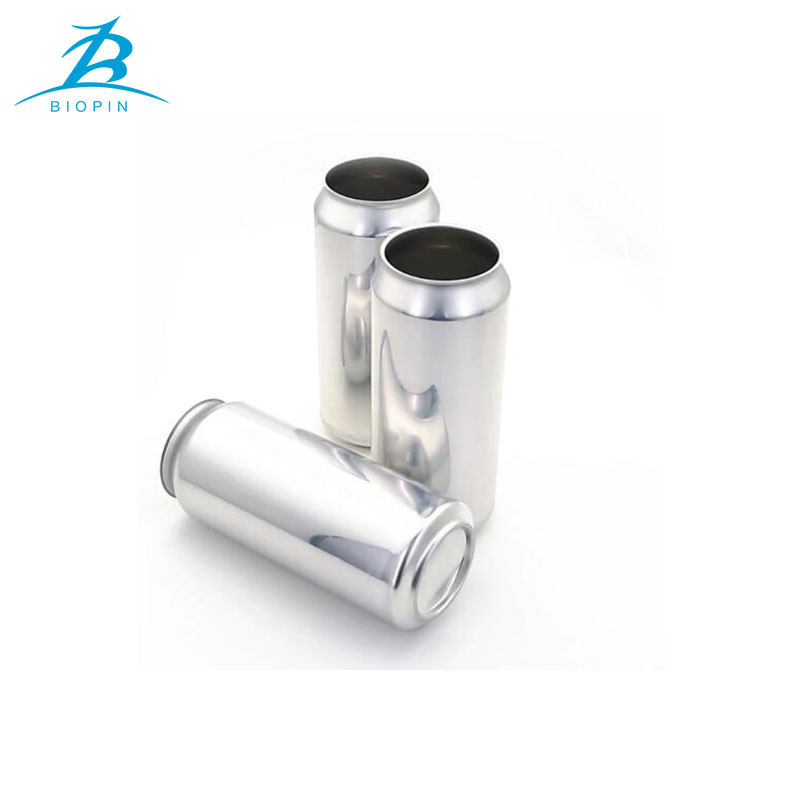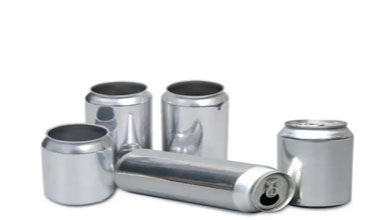Do Aluminum Cans Cause Health Problems?
Nov 01, 2024
Aluminum cans are a popular choice for packaging beverages, but there have been claims that aluminum cans cause health problems. So, let's dive deeper into whether aluminum cans can have a detrimental effect on your health.
Aluminum is a naturally occurring metal found in air, water, and soil. When ingested in small amounts, aluminum poses no harm to humans. The amount of aluminum in beverage cans doesn't exceed safe limits, and the cans are typically coated with a layer that prevents the beverage from coming into direct contact with the aluminum. Therefore, drinking from aluminum cans is safe, and there is no evidence to suggest that they cause health problems.
However, the real health risk associated with aluminum cans is not the cans themselves but the irresponsible disposal of these cans, leading to environmental contamination. Improper disposal of aluminum cans can pollute the environment, leading to habitat destruction, air, and water pollution. Environmental pollution poses a significant health risk and can cause health problems, such as respiratory problems, cancer, and neurological disorders.
In conclusion, aluminum cans themselves don't pose any health risks, but the improper disposal of these cans can lead to serious environmental problems that could harm human health. Therefore, it's crucial to recycle aluminum cans responsibly and reduce our environmental footprint.

